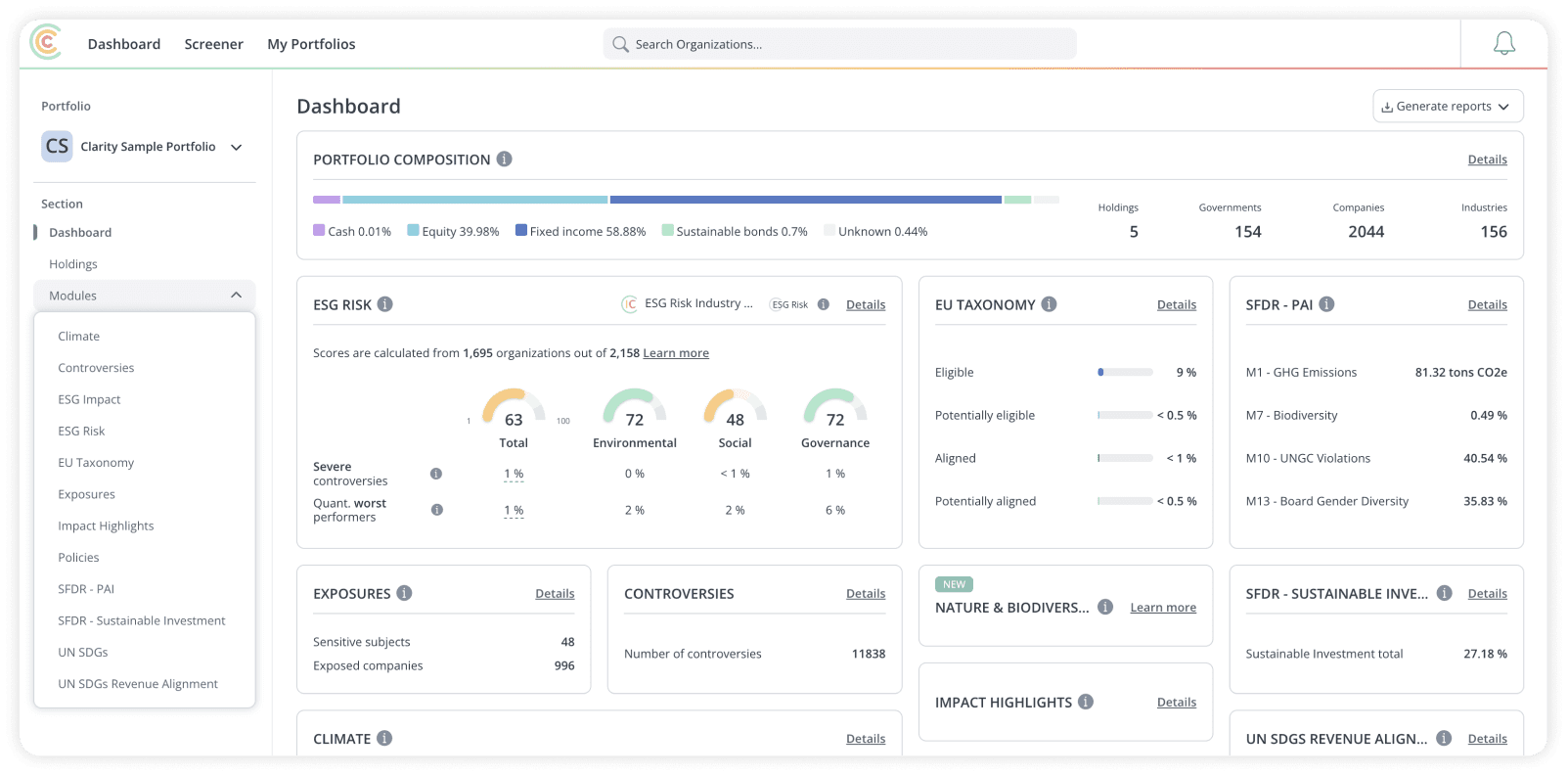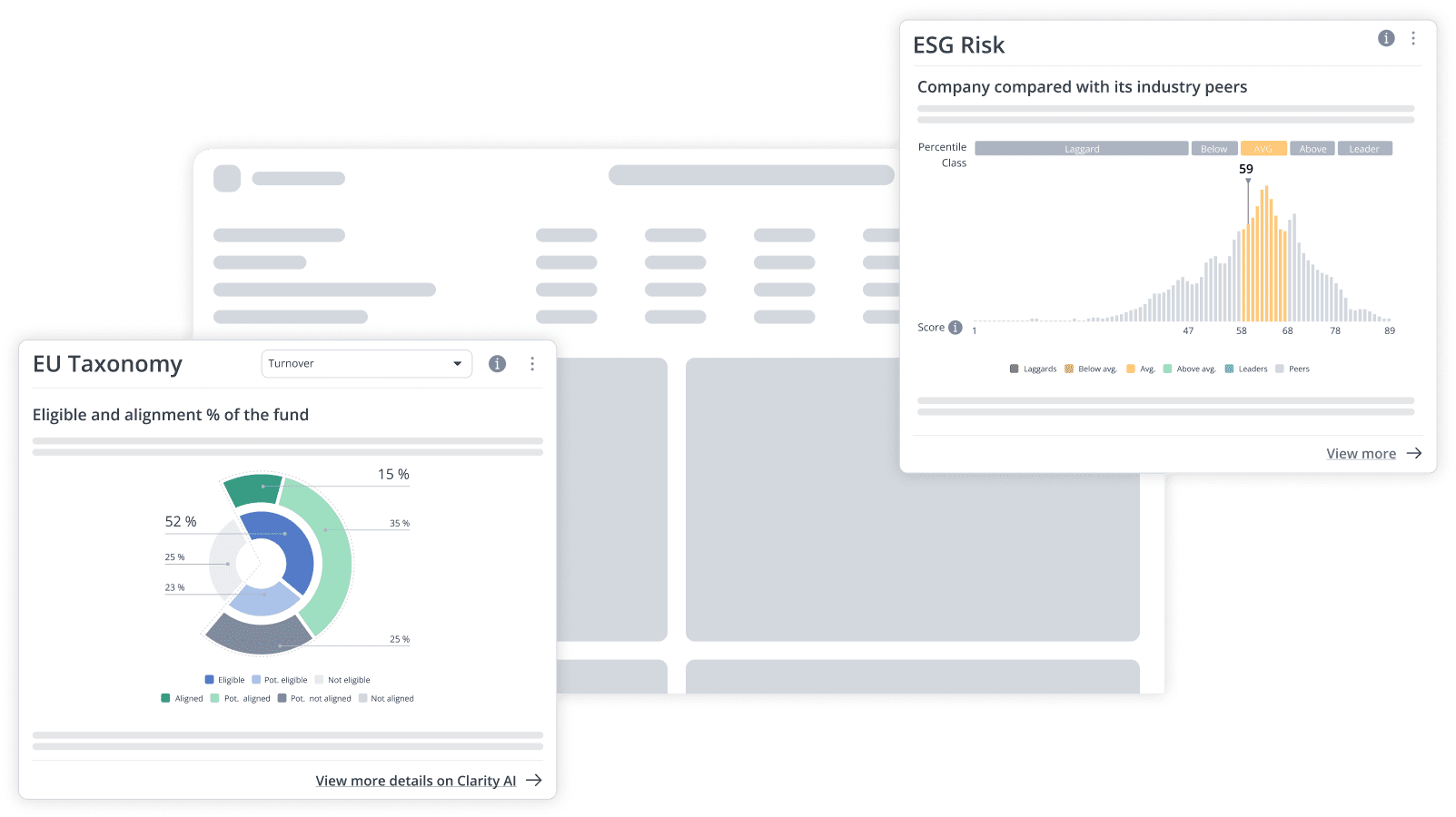Why Incorporating ESG Metrics into Governance is Essential for Boards of Directors
Four key benefits of using ESG data that will drive long-term success in organizations
Boards of Directors play a crucial role in the governance of a company, responsible for overseeing the management team and making strategic decisions to ensure the long-term success of the organization. One important area that boards must consider in this process is environmental, social, and governance (ESG) metrics. Incorporating ESG metrics into governance can provide a number of benefits for both the company and its stakeholders.
Identify and mitigate risk
Incorporating ESG metrics into governance can help a company to identify and mitigate risk. Environmental risks, such as climate change, can have a significant impact on a company’s operations and bottom line. A study by the Carbon Trust found that companies that fail to address climate change risk could face a potential reduction in revenue of up to 60% by 2060. Social risks, such as human rights abuses, can also damage a company’s reputation and lead to lost customers and revenue.
For example, a study by the Reputation Institute found that companies with poor social performance scores lost an average of $1.2 billion in market capitalization. Governance risks, such as corruption or lack of transparency, can lead to poor decision-making and erosion of stakeholder trust. By considering ESG metrics, a board can take proactive steps to address these risks and protect the company’s assets and reputation.
Identify and capitalize on opportunities
Incorporating ESG metrics into governance can also help a company to identify and capitalize on opportunities. Companies that prioritize sustainability and social responsibility can attract and retain customers, employees, and investors who value these qualities. A study by Nielsen found that 66% of global consumers are willing to pay more for sustainable brands. In addition, companies that adopt sustainable business practices may be well-positioned to benefit from the transition to a low-carbon economy.
Foster stakeholder engagement and build trust
Another benefit of incorporating ESG metrics into governance is that it can help a company to foster stakeholder engagement and build trust. Stakeholders, including customers, employees, investors, and communities, are increasingly interested in a company’s social and environmental impact. According to PwC’s 2022 Annual Corporate Directors Survey, 70% of directors say that expanded disclosures and reporting will enhance stakeholder trust. By considering ESG metrics and increasing their ESG reporting, a board can demonstrate its commitment to these issues and engage in open dialogue with stakeholders. This can help to build trust and ensure that a company’s actions align with the values and expectations of its stakeholders.
Improve decision-making processes
Incorporating ESG metrics into governance can also help a company to improve its decision-making processes. By considering a broader range of factors, a board can make more informed decisions that take into account the long-term impacts on the company and its stakeholders. This can lead to more sustainable and responsible business practices, which can ultimately benefit all stakeholders. Deloitte found that companies that integrate ESG factors into their decision-making processes experienced an average of 27% increase in efficiency and a 20% reduction in costs.
From theory to practice: Where do Boards of Directors stand today
The good news is that Boards of Directors are starting to realize the shift that is taking place and in turn incorporate ESG into their strategic conversations. In a recent Diligent Institute survey, 71% of executives noted that their boards are incorporating ESG metrics and goals into their company’s overall strategy. In addition, 34% stated that their boards discuss ESG at every meeting, compared to only 15% in 2020.
Brian Stafford, CEO of Diligent, warns that “unless, and until, organizations can effectively bring together the disparate sources of critical ESG data, they can’t effectively define, communicate, implement, track, report and assess better ESG practices, and net zero or any other commitment will remain just that.”
In conclusion, incorporating ESG metrics into governance can provide a number of benefits for companies, including risk mitigation, opportunity identification, stakeholder engagement and trust building, and improved decision-making. By considering ESG metrics, boards can take proactive steps to ensure the long-term success of their companies, while also contributing to a more sustainable and responsible global economy.
Watch our webinar with Diligent and Cepsa to learn more about how can board directors and executives improve their company’s ESG position in the market, stay ahead of shareholder expectations and maintain strong governance oversight.




